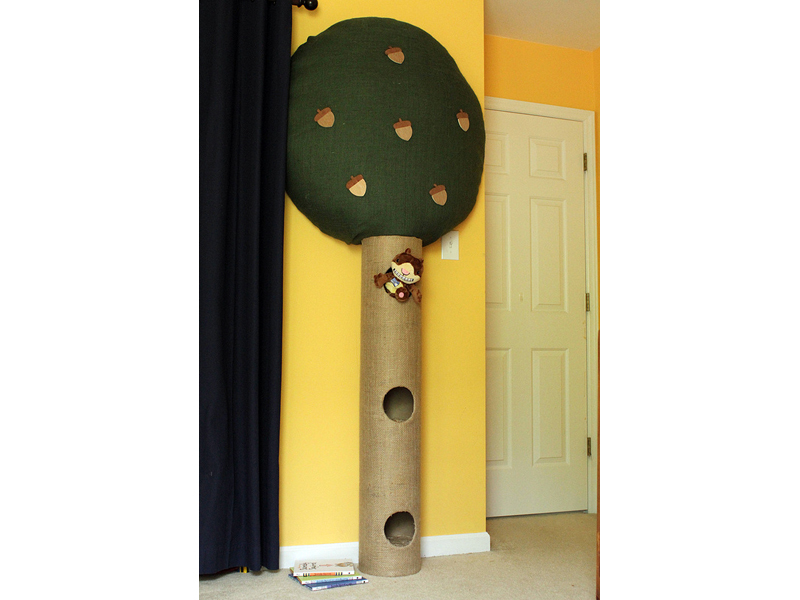This guide will demonstrate how to build a fake tree for a child’s room. Our tree was made to house a certain frightened squirrel featured in a popular book series, but this build could be adapted for any number of tree-bound lovies.
Projects from Make: Magazine
Making A Nut Tree For Your Stuffed Squirrel
My son has a series of books that feature a frightened squirrel as the main character. Yesterday, when we were wondering what to do with our afternoon, we decided to build an appropriately sized nut tree for his plush squirrel puppet toy.



